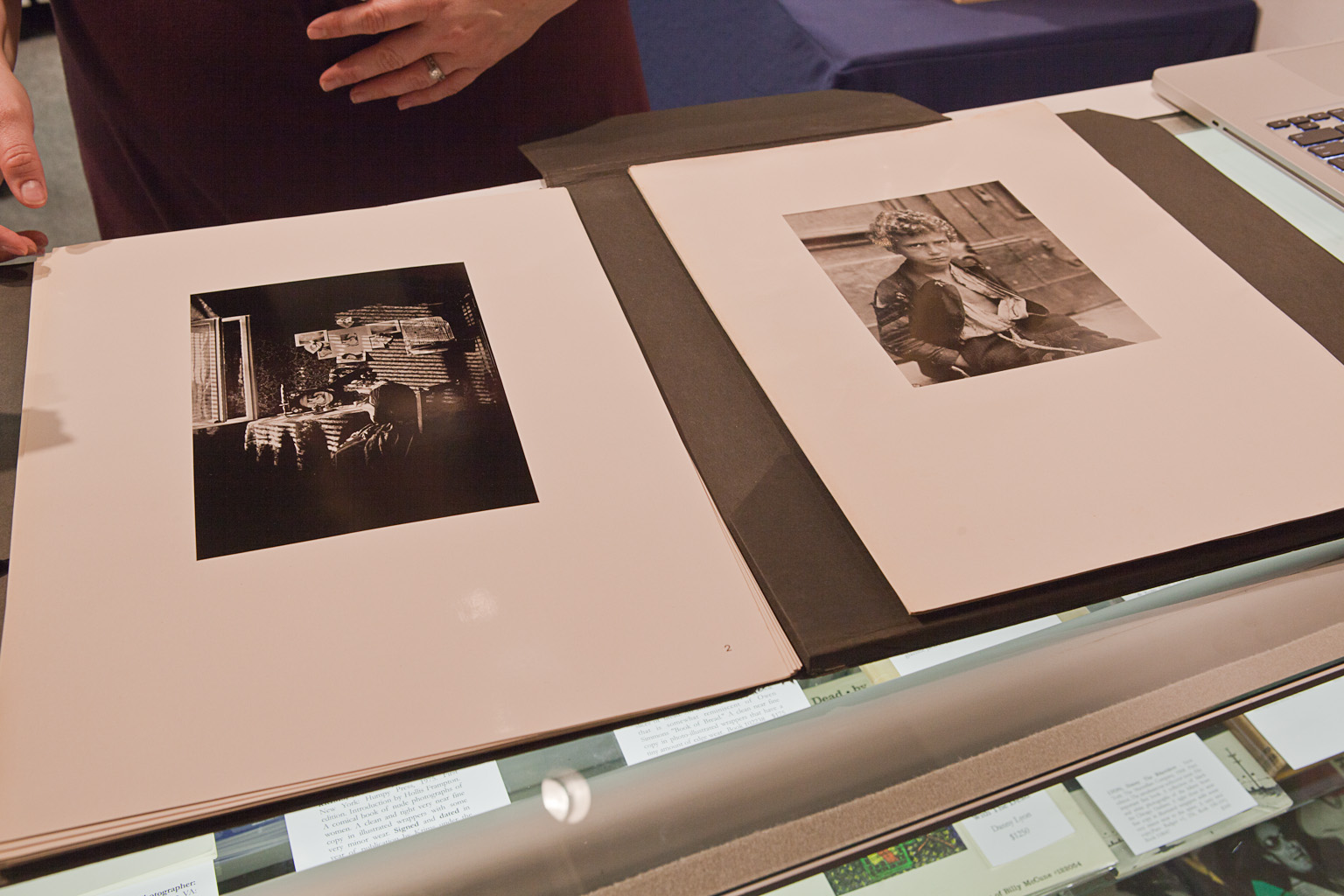
Film Noir #1405 Bill Armstrong
All photographs courtesy Sam Matamoros
The Aipad Photography Show in New York, held March 29-April 1, 2012, continues to unite the past with the future of fine art photography under one glorious roof at the historic Park Avenue Armory. Here, the past’s usefulness is on display as prescribed and thoughtfully described by Israel Zangwell–namely, the past is for inspiration (not imitation) and continuation (not repetition).
Presumably, the English writer would have appreciated the close proximity of historical images to those belonging to our decidedly post-photographic era, which is what makes this the premier, annual show for fine art photography in the United States, in part, for its educational value.
Here, too, one visits old friends, as exemplified by familiar, vintage works and discovers new ones. Berenice Abbott’s perennial Gunsmith, 6 Center Market Place, 1937 and Edward Weston’s first nude, Nude (IN) 1918 by Halsted Gallery, Franklin, Michigan were among two “old friends” whose exploration of signs and portraiture, respectively, presaged the ubiquity of such images which found their way into photography conscious, mid-century newspapers and magazines.

The Stieglitz Memorial Portfolio/ Jeff Hirsch Books
Photobook dealers Harper’s Books of East Hampton, New York and Jeff Hirsch Books of Evanston, Illinois, guest exhibitors for Aipad for the past four years, contribute to conversations about photography expressed in the book format. The Stieglitz Memorial Portfolio offered by Jeff Hirsch Books with 18 reproductions of photos by Alfred Stieglitz (edited by Dorothy Norman) was an excellent example. Several poignant, black and white plates, including Venetian Boy, The Steerage, and the Equivalents series validate the autonomous art form of photobooks while simultaneously giving a visual primer about the origins modern photography since the death of its “father”, Alfred Stieglitz. In addition to photography for the wall, new photography collectors will want become acquainted with the photobook.
New friends include John Cyr, whose Developer Trays series, shown by the Catherine Edelman Gallery in Chicago, are among the most admirable images in the show. Cyr photographs the residue left behind on the surfaces of stainless steel and plastic silver gelatin printing trays. His project simultaneously captures and conserves two facets of analog photography’s history—the technology and the history of the artists whose trays he photographed. His first participant, Emmit Gowin, immediately appreciated the project idea and Cyr continues to receive a great deal of positive reinforcement about the importance of the series; some of his research has led to the realization that the estates of well known photographers like Avedon and Penn have dismantled and disposed of the dark room equipment.

Developer Trays by John Cyr
London-based, Hackelbury Fine Art, showed selections from Bill Armstrong’s most recent series, Film Noir, part of the “Infinity Series” started in 1997. Armstrong’s photographic practice experiments with color science and extreme de-focusing. The results are out-of-focus, other worldly photographic collages. In Film Noir #1405, the artist reaches a new level of refinement of the series by featuring a pedestrian moving through artist generated weather, the perfect contextual background for the figure’s challenged boundaries.

 RSS
RSS
